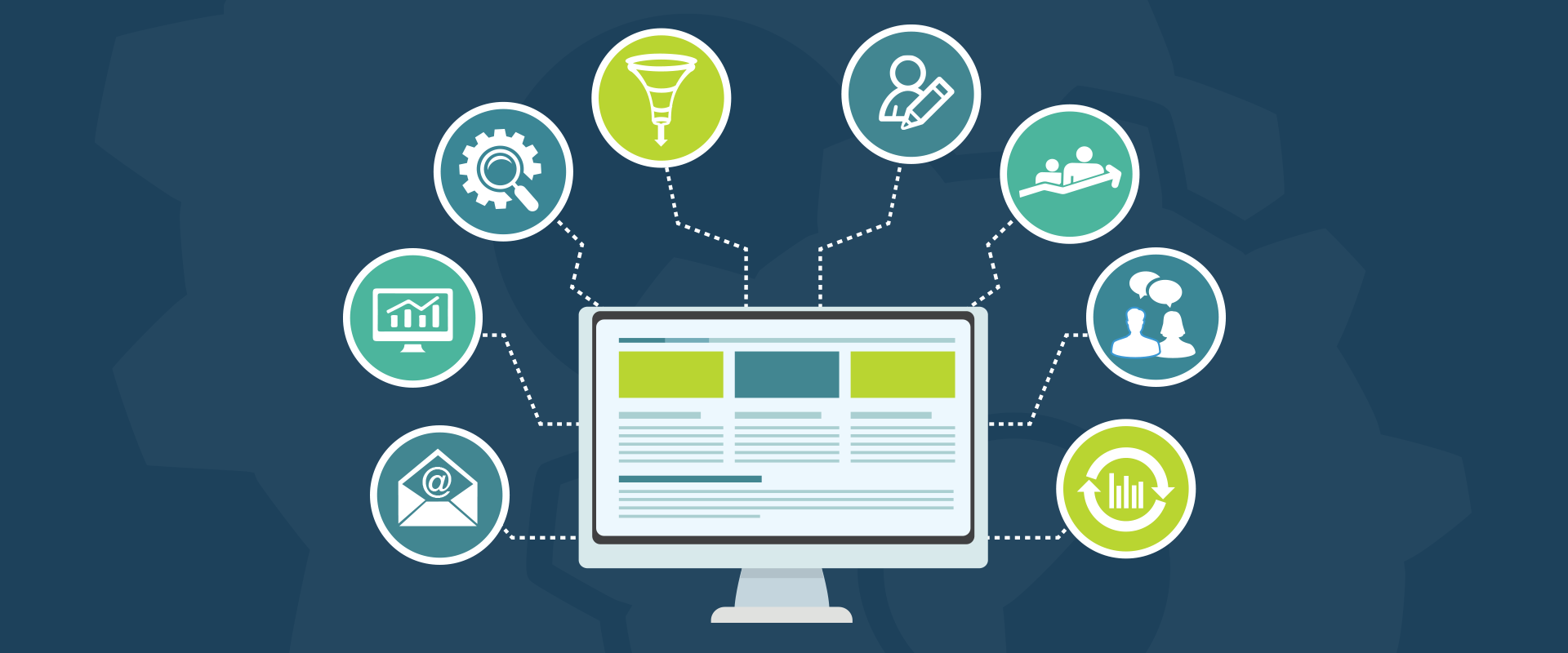A good marketing campaign requires research, planning, time, and patience. It takes a lot of effort and hard work to get your message across to the right people at the right time, so it’s wise to take the time to plan each step.
If you’ve never created a marketing campaign before, understanding all aspects cannot be easy. There is also a lot to think about and ensure success; it is necessary to combine the strengths and numbers of traditional advertising with a single advertising campaign.
Here are three questions that digital and content marketers should answer before creating a campaign. Let’s get started!
- The W’s
Yes, they are very simple questions. But, as mentioned earlier, it is also very important. When creating a plan from scratch, it is important to respond to them carefully and explain it clearly. Here’s how to put one together for use with your case.
- Who?
Before you run your campaign, determine the audience you want to reach. Then, follow certain guidelines when creating a new marketing campaign.
- What?
Stick to one clear message that is loud and clear to your audience. Confused messages or too much information can make life difficult for your customers.
- Where?
This is especially true if you advertise a business that operates in a store. But, again, use your judgment to decide if this is appropriate for your claim.
- When?
Again, one term may be more accurate than another. If you’re promoting an event or special offer, make sure the details are clear to encourage your audience to ask.
- Why?
Perhaps the most obvious question with so many different answers is why you focus on what sets your business apart from the competition. The audience will help you find out why they chose you – give them the answer!
- How to increase readership?
I create stories on other social networks like Twitter, Facebook, Google+, YouTube, and SlideShare to increase my readership. However, before you can reuse content, you need to create ways to share content outside of your blog and LinkedIn to reach the general public.
Repurposing/Rewriting
The first thing I do is change the title to the status of the question. Then, learn how to invite the public to review. Finally, I will also ask a question at the end of the chapter.
A great request would be: please comment or ask the reader at the end of the post. If you are invited to comment, readers are more likely to start a conversation and share your stuff. So it’s important to talk to the public, not them.
I want to add to the writer’s head at the end of each post. This is another great way to show and call your writing skills and see how we can help, or click here to sign up for a free demo.
The content in the article can be embedded in various formats such as PowerPoint, YouTube videos can be embedded in SlideShare, and you can add YouTube videos to WooCommerce products. The story can also be posted on LinkedIn. You can also write a story and include information and videos. There are endless ways to reuse content.
- What are my KPIs?
Before running an ad, it’s important to determine your KPIs or key performance indicators so that you can accurately evaluate their effectiveness. For example, if you expect to “increase sales,” your expectations may be overwhelming. In addition, the lack of clear KPIs makes it difficult to tailor your plan to your goals.
Let’s look at some of the options you can submit as KPIs for your next campaign.
- Website visits
Increasing traffic to your business website is a good goal for almost any business. Any user who visits your website has a basic understanding of your brand and its capabilities. In particular, measuring clicks on an ad that redirects your website is a key indicator of performance you can use to track online traffic.
- Form Fills
Most social media aims to entice users to take real action to achieve their ultimate goals. For example, if an auto engineer wants to increase sales at a particular stop, he or she can place an ad that directs users to a ‘Service Schedule’ page on their website. You can record how many times people who click on your ad have completed this form with proper tracking.
Not only will your advertising be well-displayed, but it will also allow you to gather valuable customer information for use in future marketing efforts.
- Add-to-Cart or Purchases
Ultimately, every company strives to increase its sales. However, checking can be a bit tricky.
Using sales as a KPI is important because it shows if your ad is getting people to convert. However, it’s important to remember that customers often see your ad, don’t do anything about it, and then go to your website and buy.
If you’re using sales as a KPI, be sure to include other tracking systems that can track the sales of users who saw your ad, even if they didn’t appear directly from the show itself.
- Reach/Impressions
Do you want your name to stand out at an affordable price? Then, reach (reach specific people) or information (your ad is always visible) may be the perfect KPI for you!
New brands or those who want to make a name for themselves can get their message across more effectively without worrying about immediate change. As mentioned earlier, this type of advertising is often low in price and can be very lucrative in the long run.
Conclusion
Once you’ve finalized your content and agreed with your partners, it’s time to publish and act.
You can use various internal marketing techniques, including the ones listed above, such as social media, email, paid advertising, social marketing, telemarketing, and more. Anyone who enters your cart in any way (events, business calls, country papers) can be valuable even to those who don’t buy right away.
However, not all platforms are right for your business. Ask yourself about the strengths and weaknesses of each approach. How can they help you achieve your business and income goals?
___
by Bilal
source: MotifCreatives



